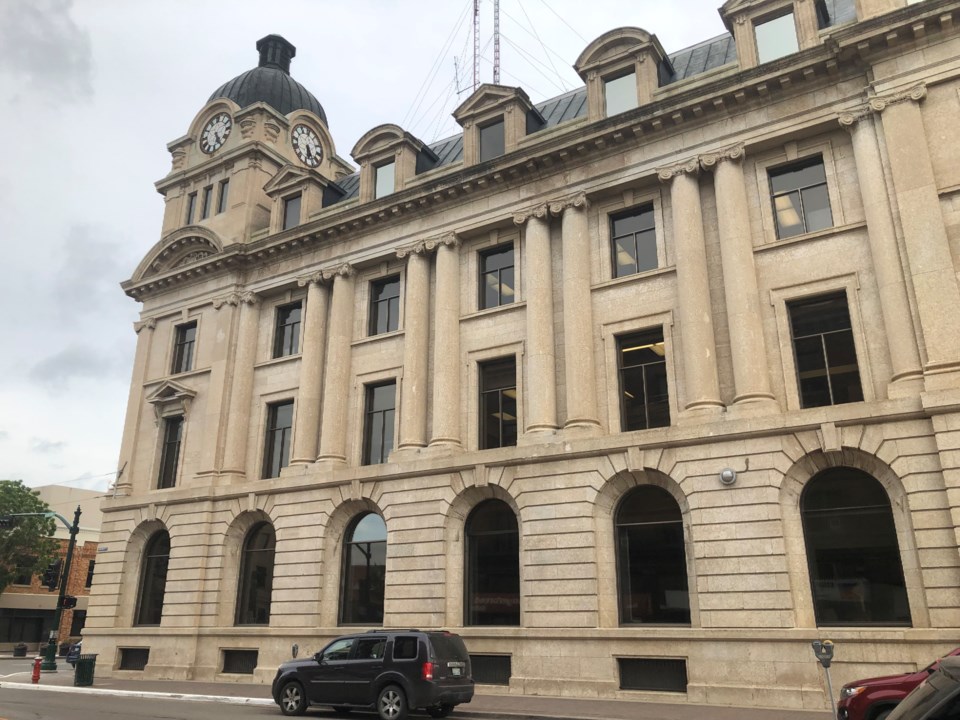MOOSE JAW — Moose Jaw’s city council has been working to reduce the tax gap between residential and commercial property classes since 2017, with an initial report suggesting the province’s actions have affected this gap more than council’s.
However, a new report now suggests council’s actions to shrink this gap may be having more effect.
During the April 22 regular meeting, Coun. Kim Robinson submitted an inquiry to city administration about what percentage of the tax gap reductions have been attributable to council’s mill rate factors and what percentage has been attributable to the provincially mandated change in the assessed value of properties.
The mill rate is a tax rate and indicates the amount of tax that is payable per dollar of the assessed value of a property. As used in property taxation, one mill is the equivalent of $1 in property tax levied per $1,000 of the assessed value of a property.
Administration provided an answer during the May 13 regular meeting, with data showing that the tax gap has decreased from 2.43 times in 2017 to 1.8 times this year.
Moreover, council’s efforts to reduce the gap resulted in a decrease of 0.29 percentage points during that period, while changes that the province made in 2021 led to a decrease of 0.34 percentage points.
Therefore, the city’s efforts represented 46 per cent of the changes and the province’s efforts represented 54 per cent.
However, that initial report included levies for infrastructure and parks and recreation and failed to disregard changes to the commercial appeal allowance. These variables prompted Robinson to request that administration produce a new report excluding those factors so they didn’t produce an incorrect assessment.
In economics, the tax gap refers to the value of tax revenue that should be collected versus the actual amount that was collected.
Ideally, the tax gap between residential and commercial properties should be split 50-50, or be at a 1:1 ratio, according to the goal of the tax gap report. For taxpayers, this suggests that residential properties are expected to pay similar taxes to commercial properties — with no account taken for the comparative revenues generated for each of the two property classes.
The updated report, which was presented during the July 22 regular meeting, provided a new view of the situation.
In the revised report, the data shows that the tax gap had decreased from 2.36 times in 2017 to 1.7 times in 2024.
Results indicate that actions taken by city council reduced the gap by 0.34 percentage points during that period, whereas actions taken by the province reduced the gap by 0.32 percentage points.
Revised figures indicate that the city’s efforts represent 53 per cent of total changes while the provincial efforts represent 48 per cent of the total.
These results indicate — with the two factors removed — that the city’s efforts were in fact more effective than those of the province in addressing the tax gap changes between 2017 and 2024.




